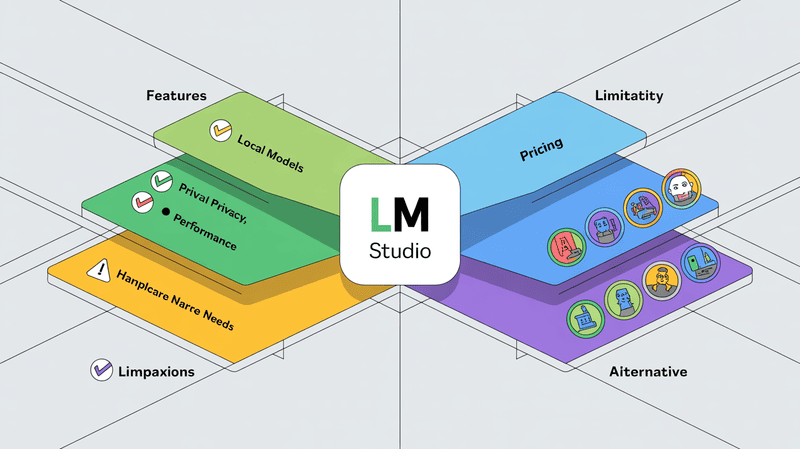In this article about NotebookLM file upload limits, we'll explore everything you need to know about getting more sources into your research projects and finding better tools that work without restrictions.
Here is what we are going to cover:
- Understanding NotebookLM's file limits (free vs paid versions)
- Quick workarounds to upload more than 50 files
- Why these workarounds create more problems than they solve
- Better alternative: Elephas and its unlimited file capabilities
- Key features that make Elephas better for research work
- Pricing differences and value comparison
- Why switching to Elephas saves time and improves workflow
By the end of this article, you'll understand how to work around NotebookLM's limits and have a powerful alternative that handles unlimited documents without the hassle. You'll also learn why spending time on workarounds might not be worth it when better solutions exist that cost less and work more efficiently.
Let's get into it.
Understanding NotebookLM's File Limits
NotebookLM sets clear boundaries on how many files you can upload and their sizes. These restrictions help the system work smoothly while managing large amounts of information effectively.
The free version allows you to upload a maximum of 50 sources per notebook. Each source can contain up to 500,000 words or be as large as 200MB for uploaded files.
This capacity may work well for research projects and allows you to include substantial documents like reports or research papers.
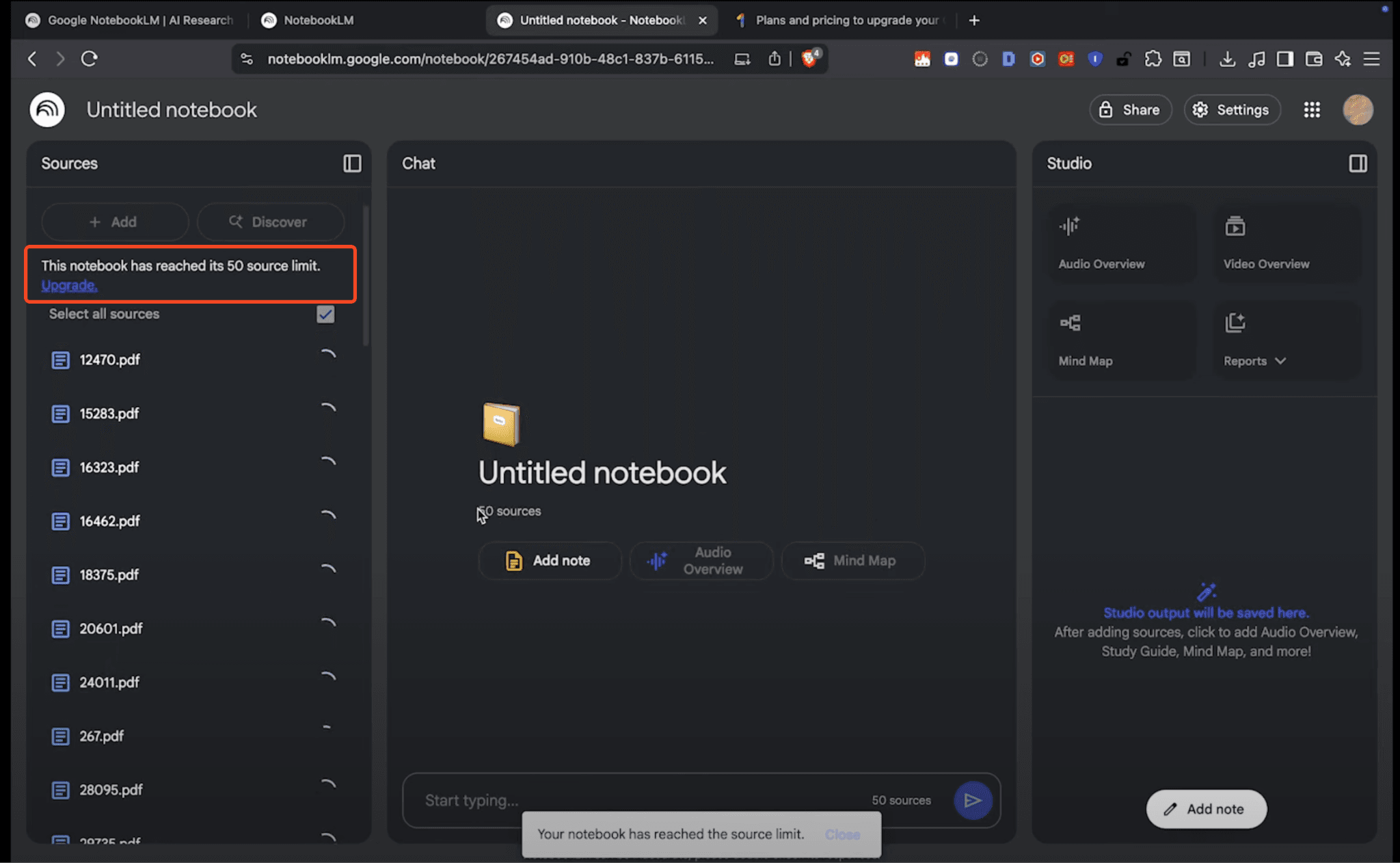
Free version limits:
- 50 sources maximum per notebook
- 500,000 words per source file
- 200MB file size limit for uploads
- 100 notebooks total allowed
NotebookLM Plus Offers More Space
NotebookLM Plus increases your capacity significantly. You can upload up to 300 sources per notebook, which is six times more than the free version. The individual file size limits remain the same at 500,000 words or 200MB per source.
This premium version costs $19.99 per month and comes with the Google One AI Premium subscription. It also includes 500 total notebooks and higher daily usage limits.
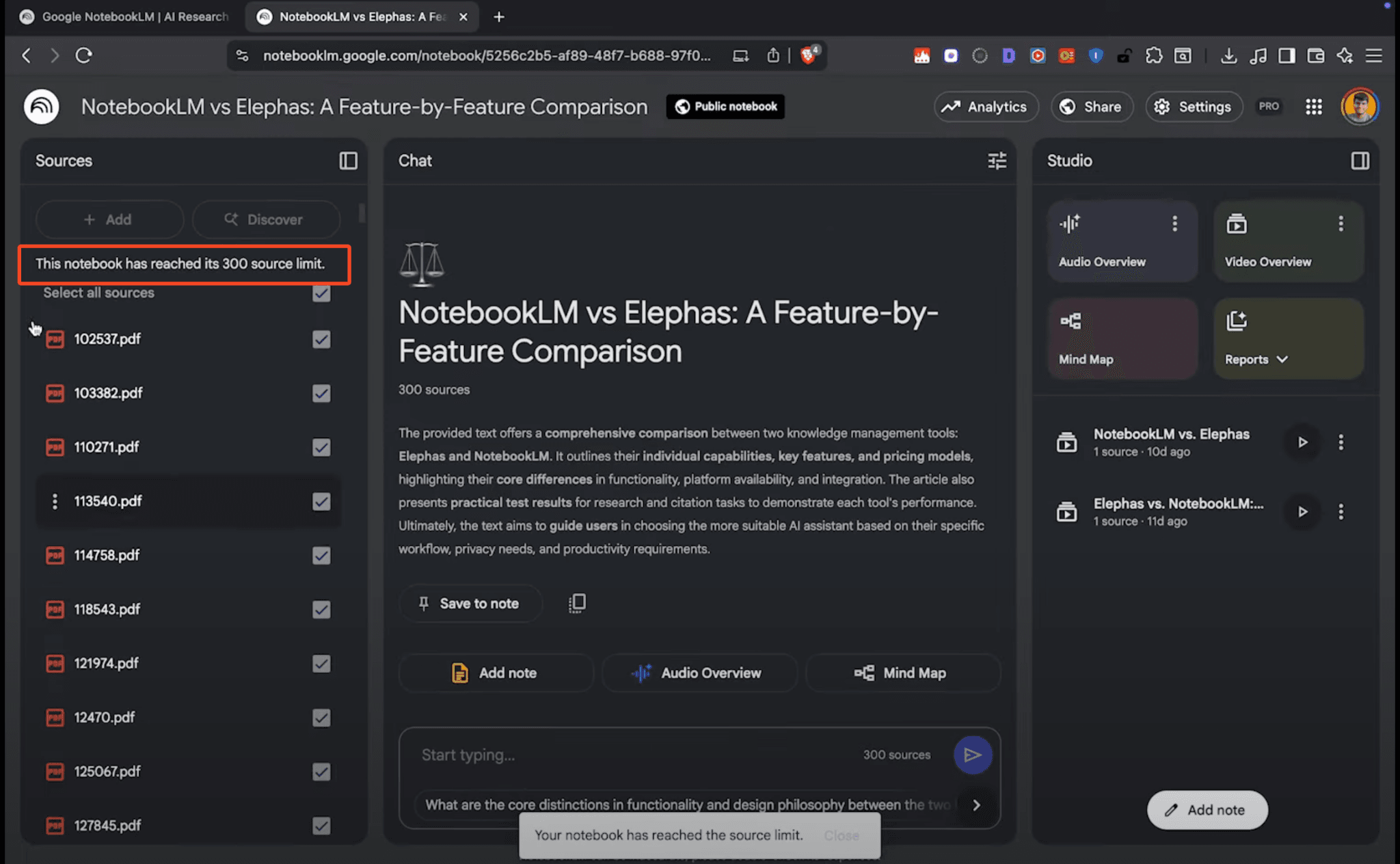
Why These Limits Exist
These restrictions exist because of processing constraints. The AI system needs significant computing power to analyze all your uploaded content. Large document collections slow down response times and can make the system unreliable.
The AI model has fixed memory boundaries that cannot handle unlimited information simultaneously. These limits ensure NotebookLM provides fast, accurate responses while maintaining system stability for all users.
Quick Workarounds to Upload More Files
When you hit the NotebookLM 50 file limit, a workaround becomes necessary to continue your research work. These methods can help you upload more than 50 files NotebookLM typically allows in their free version, giving you better document processing capabilities without upgrading to the premium version.
Method 1: Create Multiple Notebooks
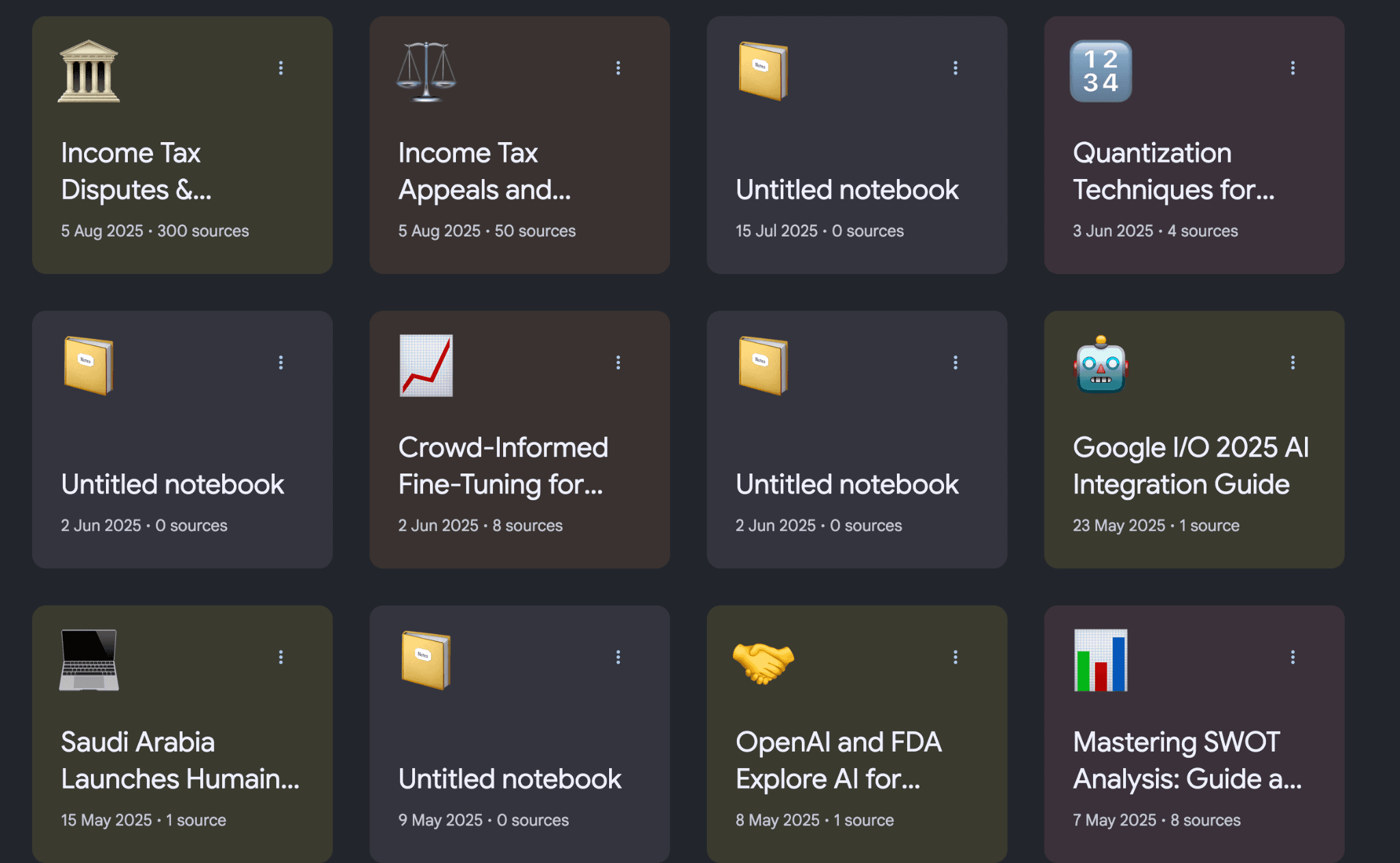
The most straightforward approach involves splitting your research across several themed notebooks. This strategy helps you organize content logically while bypassing file upload restrictions in each individual notebook.
Create separate notebooks for different aspects of your research topic. You can organize by time periods, subject areas, or document types. This approach turns the NotebookLM file upload limit into an organizational advantage rather than a barrier.
Benefits of multiple notebooks:
- Each notebook gets its own 50-source allocation
- Better content organization for large research projects
- Easier navigation through related documents
- Reduced processing time per notebook
Link between notebooks manually by keeping notes about related content in different spaces. Write brief summaries in each notebook that reference information stored in your other notebooks.
Method 2: Combine Files Before Upload
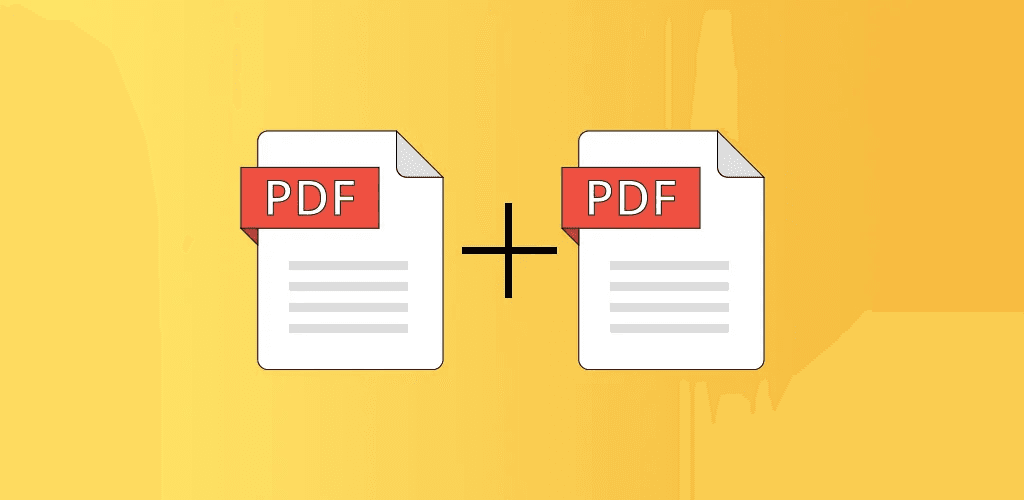
Merge related documents into single files before uploading to maximize your available source slots. This method works particularly well for PDF documents and text files that cover similar topics or themes.
Use PDF merging tools to combine multiple research papers or reports into one comprehensive document. This approach helps you stay within document processing limits while maintaining access to all your source material.
File combination strategies:
- Merge related PDFs into single comprehensive documents
- Combine text files to reach the maximum 500,000 word count
- Group similar document types together before upload
- Create master documents from multiple shorter sources
Method 3: Manual Content Transfer
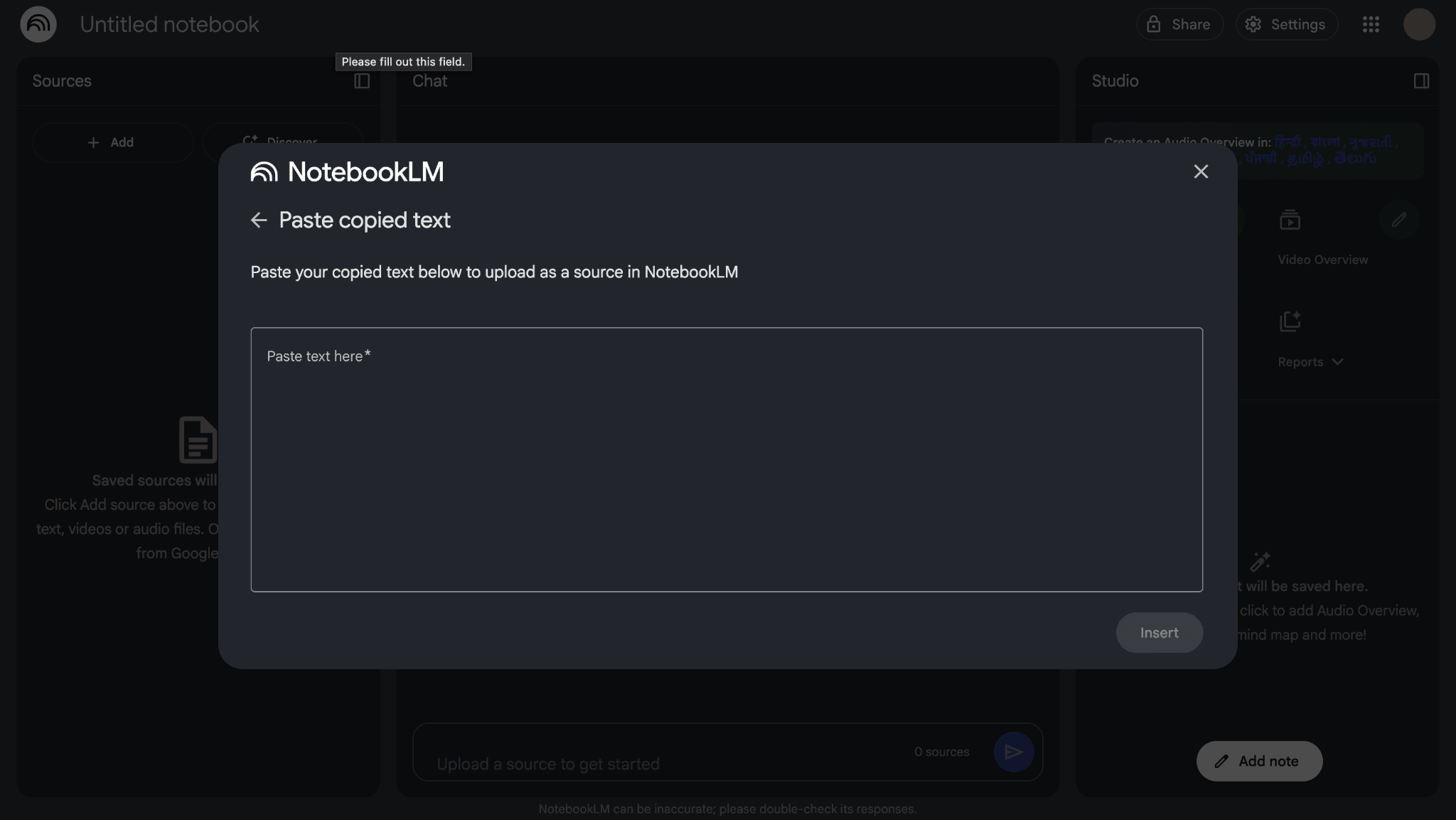
Copy and paste content directly into NotebookLM as text sources when automatic uploads are not possible. This method works well for web content, video transcripts, and other online materials like youtube video transcripts.
Manual transfer techniques:
- Copy YouTube transcripts as dedicated text sources
- Paste web articles directly into new source documents
- Transfer email content or message threads as text
- Convert handwritten notes into digital text sources
Why These Workarounds Are Not Ideal

Even though you might be able to get around 60 or 70 files into NotebookLM by merging documents instead of the usual 50 file limit, this is still not very many files for serious research work.
These methods also create big problems like wrong citations and mixing different topics together, which makes everything a confusing mess. The workarounds cause more trouble than they solve.
- Time-Consuming Manual Work: Converting files takes too long and needs extra software tools to complete the process
- Loss of File Organization : Your original file setup gets destroyed and document names disappear when you merge everything together
- Invalid Citations: Source references become wrong because the system cannot track where information originally came from
- Topic conversion Issues: Different subjects get mixed up in merged files making it hard to separate ideas and concepts
- System Limits Still Exist: The basic memory limits of NotebookLM stay the same no matter how you organize your files
- Poor Results for Big Projects: These fixes completely break down when you have large research projects with many documents
- Formatting Problems: Document merging creates messy layouts that are difficult to read and understand properly
Better Alternative to NotebookLM: Elephas
While workarounds exist to upload slightly more than NotebookLM's 50 source limit, these methods have serious drawbacks. They consume significant time, reduce citation accuracy, and alter document organization. File merging destroys original structure, and splitting content across multiple notebooks becomes unmanageable for larger research projects.
Instead of struggling with these limitations, consider switching to Elephas. It is a Mac knowledge assistant featuring Super Brain, which allows you to upload YouTube videos, webpages, integrate with Apple Notes, Notion, Obsidian, and other platforms.
You can chat with your content exactly like NotebookLM, but with a major advantage—Elephas processes thousands of documents without issues in just minutes.
Elephas also has powerful workflow automation for repetitive tasks like web searching, presentation creation, and PDF form filling. Elephas also offers writing features including grammar correction, content rewriting, tone replication etc.
Most importantly, Elephas can work completely offline using local embeddings, ensuring total privacy for sensitive research materials.
Key Features:
- No restrictions on file uploads or document quantities
- Support for 12+ file formats including video, CSV, JSON, and PDFs
- 100% offline functionality with local processing for privacy
- Direct connection to note-taking apps and web sources
- Custom automation workflows for research and administrative tasks
- Multiple AI model support including OpenAI, Claude, and Gemini
Feature | NotebookLM | Elephas |
File Limits | Free: 50 sources maximum, Paid: 300 sources per notebook | No file upload limits, works with unlimited documents and content |
Supported Formats | PDFs, Google Docs, text files, web links, audio files | Docs, YouTube videos, webpages, CSV, JSON, PDFs, and many other file types |
Pricing | $20 per month for paid version | $14.99 per month subscription |
Conclusion
NotebookLM's file limits can really slow down your research work, especially when you need to analyze lots of documents. While the workarounds we covered might help you upload a few extra files, they create more problems than they solve. You end up wasting time merging documents, losing proper citations, and dealing with messy file organization that makes finding information much harder.
Elephas offers a much better solution for serious research projects. At $14.99 per month, it costs less than NotebookLM's paid version while giving you unlimited file uploads, support for more file types, and the ability to work offline. You can process thousands of documents without any restrictions and keep your original file organization intact.
If you're doing extensive research and constantly hitting file limits, switching to Elephas makes perfect sense. You'll save time, avoid the frustration of workarounds, and get better results for your research projects.
